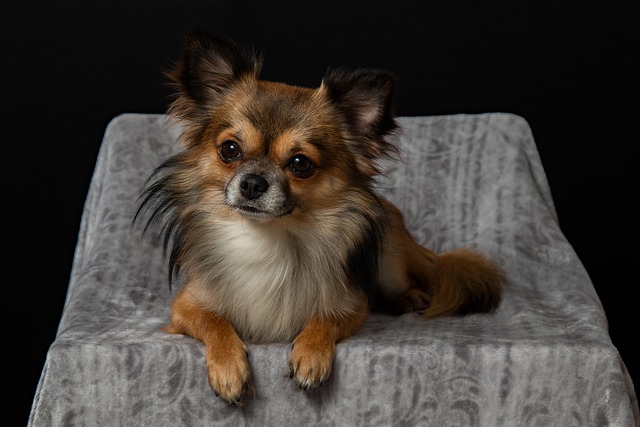
Can I use coconut oil to make hair conditioner for my dog
If you’ve ever finished bathing your dog, reached for the bottle of dog conditioner, and realized it’s empty—staring at a jar of coconut oil in your pantry instead
If you’re a new dog parent in the US—maybe you’re staring at your Texas apartment counter, holding a $200 groomer bill for your Goldendoodle’s last trim, or your 8-month-old Husky, Loki, hides under the couch every time you mention “the groomer”—you’ve probably thought: Can I just do this myself with clippers? Cutting dog hair at home with clippers feels scary at first, but it’s totally manageable with the right tools and a calm vibe. The key isn’t perfection—it’s keeping your pup comfortable (and avoiding nicks!). Let’s break this down like we’re chatting over coffee, with real tips and no fancy jargon.
First, let’s keep the science simple: Dogs’ skin is way thinner than ours, especially around spots like their belly and paws. Cheap human clippers run too hot or have sharp blades that can snag their fur (and skin), leading to cuts or burns. Dog-specific clippers have cooler-running motors and adjustable guards (those plastic attachments) that keep the blade a safe distance from their skin—think of it like using a buffer on your nails instead of a sharp file. Take Maria, a first-time owner in California: She tried using her husband’s beard clippers on her Shih Tzu, Mochi, and ended up with a tiny cut on Mochi’s shoulder. After switching to dog clippers with a #3 guard, she never had an issue again. That small tool swap made all the difference.
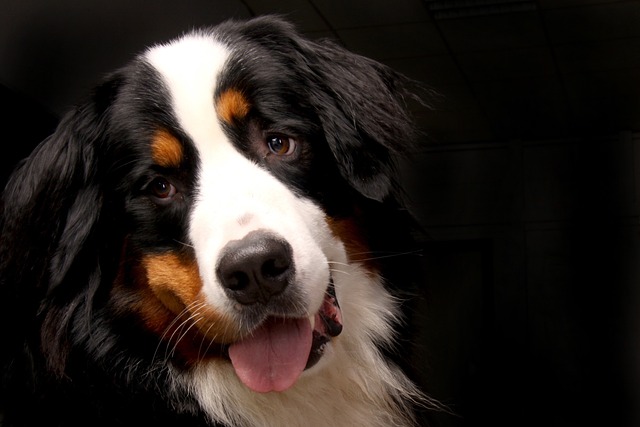
Here’s how to do it step by step, no stress allowed: Start by prepping your space—lay a non-slip mat on your bathroom floor (apartment life hack: it keeps your pup from sliding!) and gather your tools: dog clippers with guards (start with #4 for most breeds), a slicker brush, a bag of freeze-dried chicken treats, and a towel. First, brush your pup thoroughly—matted fur will yank their skin when you clip, so work out tangles with slow strokes. If you hit a tough mat, hold the fur above it (so you don’t pull their skin) and tease it apart—never yank! Once they’re tangle-free, turn on the clippers and let them sniff the sound first (this eases fear). Start with their back—clip in the direction their fur grows (not against it!) and move slowly. Give a treat every 30 seconds when they stay still—positive reinforcement turns clipping into a game, not a punishment. When you get to trickier spots (like their legs or chest), switch to a smaller guard (#2) and go extra slow. If they wiggle, pause—never hold them down or scold them (US animal welfare rules strictly ban punishment, and it’ll make them hate clipping forever). If you accidentally nick them (it happens!), grab a pet-safe styptic powder to stop the bleeding and cuddle them—comfort first, cleanup later.
Now, let’s tie in the rules and habits that matter. Every US state requires core vaccines (distemper, parvovirus)—before you take your freshly trimmed pup for a walk to show off their new look, make sure their shots are up to date. Skipping vaccines isn’t just risky for their health; it could get you fined $150 or more in Florida or New York. When you’re out walking, always clean up their poop—cities from Seattle to Boston have fines up to $300 for leaving waste, and it’s just good neighborly manners. If you live in an apartment (hello, NYC or Chicago!), sweep up the clipped fur right away—loose fur clogs vents and can bother neighbors with allergies. And if you clip outside on your balcony, don’t let fur blow into other people’s spaces—small courtesy goes a long way.
Cutting your dog’s hair at home with clippers isn’t about making them look like a show dog—it’s about saving money and bonding with them. With the right tools, lots of treats, and follow-through on local rules, you’ll both get the hang of it. Before you know it, Loki will be sitting still for his trim—maybe even begging for a treat mid-cut.

If you’ve ever finished bathing your dog, reached for the bottle of dog conditioner, and realized it’s empty—staring at a jar of coconut oil in your pantry instead
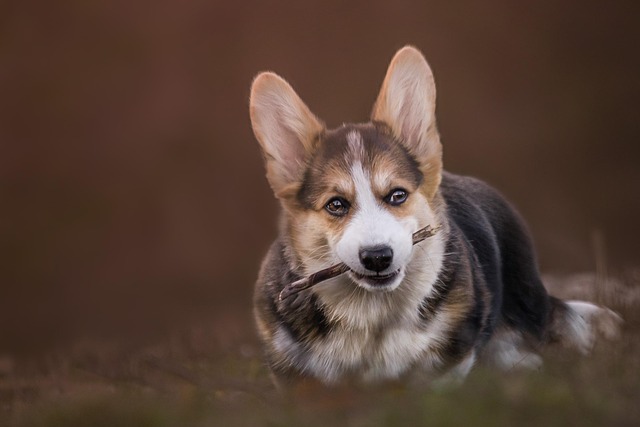
If you’re a new dog parent in the US—maybe you’re sitting on your New York apartment floor, watching your 1-year-old Golden Retriever
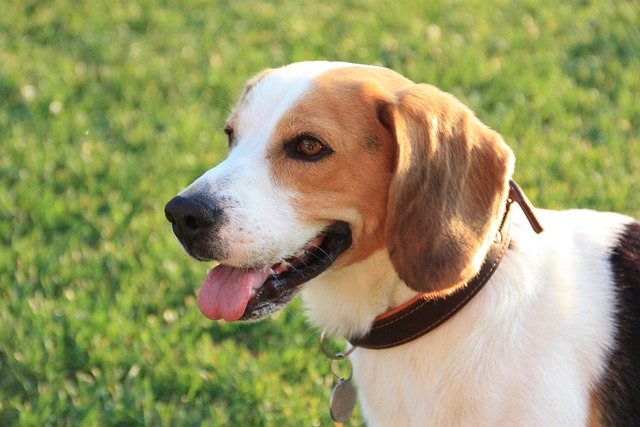
If you’re a new dog parent in the US—maybe you’re sitting on your Arizona apartment floor, holding your 6-month-old Beagle’s ear open with one hand

Most Labrador owners start wondering about their pup’s coat change around the time those tiny paws turn into bigger, more energetic ones. Typically, Labs begin losing their soft puppy coat between 4 and 6 months of age.

If you’re a new dog parent in the US—maybe you’re staring at your Texas apartment counter, holding a $200 groomer bill for your Goldendoodle’s last trim
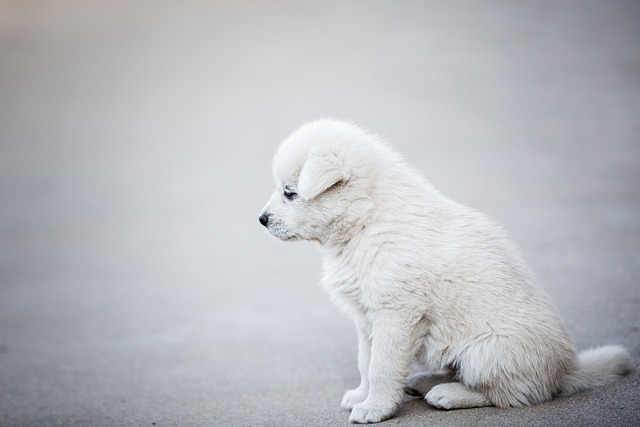
Finding loose fur on your puppy’s bed or your couch can make any new owner pause—wondering if it’s a sign of trouble or just part of growing up.